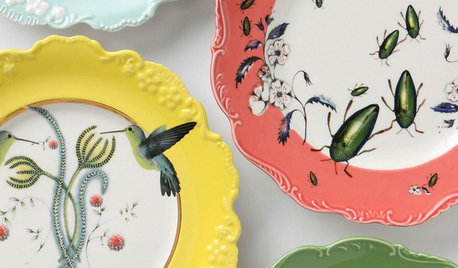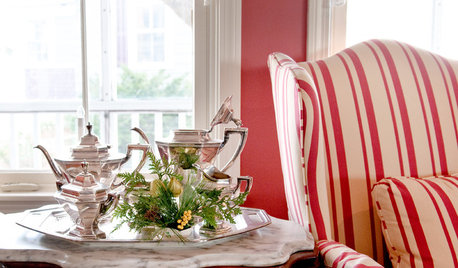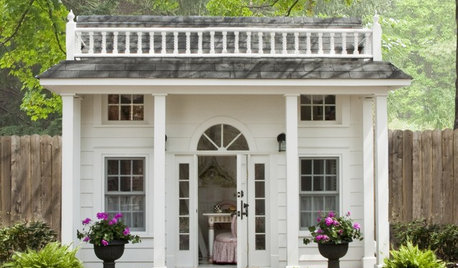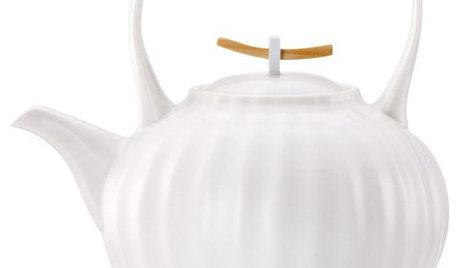Interesting bit on Compost Tea
fescue_planter
16 years ago
Related Stories

GARDENING GUIDESGet on a Composting Kick (Hello, Free Fertilizer!)
Quit shelling out for pricey substitutes that aren’t even as good. Here’s how to give your soil the best while lightening your trash load
Full Story
PRODUCT PICKSGuest Picks: Dishes and Tea Towels That Bring a Smile
Eat your heart out with kitchen accessories that put the "fun" in "functional"
Full Story
LIFEHow Do You Make Your Tea and Coffee in the Morning?
A morning cup is a must for many, and preparation comes in many guises. We look at coffee and tea habits across the Houzz community
Full Story
EDIBLE GARDENSTake Refuge in an Iced Tea Garden
Cultivate the fine art of lounging in the shade and sipping a cold beverage
Full Story
GARDENING GUIDESHouzz TV: Make a Worm Bin for Rich Soil and Happy Plants
A worm-powered compost bin that can fit under a sink turns food scraps into a powerful amendment for your garden. Here’s how to make one
Full Story
PRODUCT PICKSGuest Picks: Fall Entertaining Favorites
Make autumn feasts a piece of cake with chic compostable plates, pretty glasses, pie accessories and more
Full Story
LIFESimple Pleasures: Indulging in Teatime
Get out the china cups and cream-slathered scones. Tea with treats can make even an uneventful day feel extravagant
Full Story
OUTBUILDINGSBirdie's Nest: Storybook Style Makes for a Marvelous Playhouse
Enter an adorable mini home with just enough room for tea parties, play cooking and snuggly story times
Full Story
DECORATING STYLES18 Ways to Bring English Country Charm Home
From topiaries and climbing roses to toile and tea, these design ideas can skew cozy casual or manor formal
Full Story
Guest Picks: 20 Teapots With Unusual Flavor
Perk up your Easter brunch or everyday breakfast with tea served in a pot that charms with character
Full Story





billhill
fescue_planterOriginal Author
Related Professionals
Camas Landscape Architects & Landscape Designers · Simi Valley Landscape Architects & Landscape Designers · Surprise Landscape Contractors · Glendale Heights Landscape Contractors · Gurnee Landscape Contractors · Hicksville Landscape Contractors · Munster Landscape Contractors · Palm Beach Gardens Landscape Contractors · Seven Hills Landscape Contractors · Twin Falls Landscape Contractors · Golden Valley Landscape Contractors · Goodlettsville Swimming Pool Builders · Coral Gables Fence Contractors · Folsom Fence Contractors · Rome Fence Contractorschris_ont
fescue_planterOriginal Author
billhill